Optimal Seasons for Foundation Repairs
Foundation repairs are most effective when performed during specific times of the year that minimize environmental impacts and allow for optimal working conditions. Understanding seasonal factors can help determine the best window for addressing foundation issues.
Spring offers moderate temperatures and longer daylight hours, making it suitable for foundation work. However, increased moisture from melting snow and spring rains can complicate excavation and curing processes.
Summer provides warm, dry conditions ideal for many repair techniques. High temperatures may require adjustments in curing times and protective measures against heat.
Fall can be an optimal season due to cooler temperatures and reduced rainfall, allowing repairs to settle before winter. Early fall is preferred to avoid the onset of freezing temperatures.
Winter is generally less suitable for foundation repairs due to freezing ground and harsh weather conditions. However, some specialized techniques can be performed in milder winter periods.

Springtime foundation repairs often involve addressing shifting caused by thawing ground.

Summer allows for quick curing of concrete and stable excavation conditions.

Fall repairs focus on preparing foundations for winter weather.

Ways to make Foundation Repairs work in tight or awkward layouts.

Popular materials for Foundation Repairs and why they hold up over time.

Simple add-ons that improve Foundation Repairs without blowing the budget.

High-end options that actually feel worth it for Foundation Repairs.

Finishes and colors that play nicely with Foundation Repairs.
| Season | Optimal Conditions |
|---|---|
| Spring | Moderate temperatures with increased moisture |
| Summer | Warm, dry weather suitable for curing |
| Fall | Cooler temperatures with less rainfall |
| Winter | Freezing ground limits most repair work |
Foundation repairs involve stabilizing and strengthening the structural base of a building. Common issues include settling, cracking, and shifting caused by soil movement, moisture changes, or poor initial construction. Addressing these problems promptly can prevent further damage and costly repairs. Statistics indicate that early intervention can reduce repair costs by up to 50%. Proper timing of repairs ensures better curing, minimizes disruptions, and extends the longevity of the foundation.

Visible cracks often signal underlying movement requiring repair.

Techniques to improve soil conditions can prevent future foundation issues.

Supports are adjusted or replaced to restore stability.

Water buildup against foundations can cause shifting and cracking.

Little measurements that prevent headaches on Foundation Repairs day.
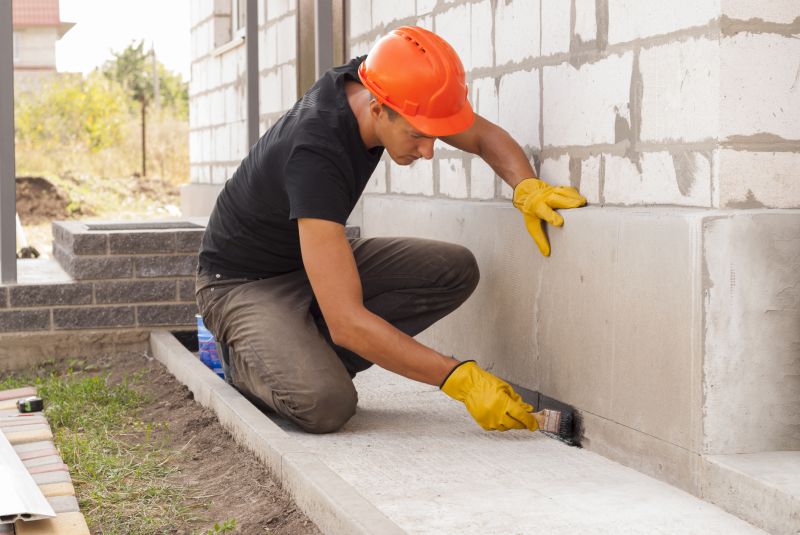
A 60-second routine that keeps Foundation Repairs looking new.

A frequent mistake in Foundation Repairs and how to dodge it.

Small tweaks to make Foundation Repairs safer and easier to use.
Timely foundation repairs can significantly reduce the risk of structural damage and improve property value. Proper assessment and choosing the right season for repair work are crucial for successful outcomes. Consulting with experienced professionals ensures that repairs are performed under optimal conditions, leading to long-lasting results.
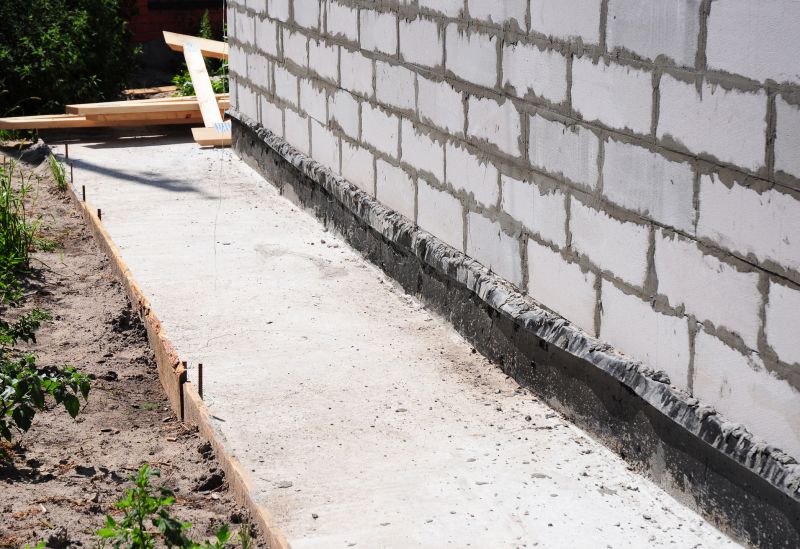
A typical process includes assessment, excavation, stabilization, and curing.
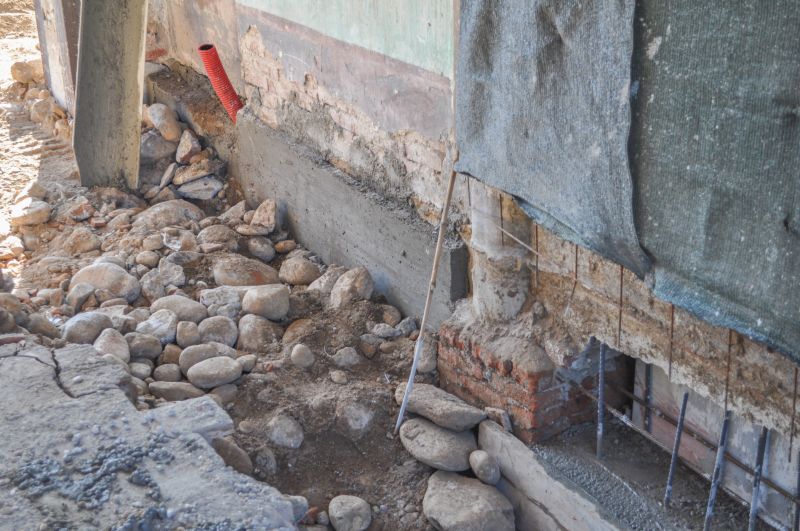
Properly repaired foundations provide long-term stability.

Lower-waste or water-saving choices for Foundation Repairs.
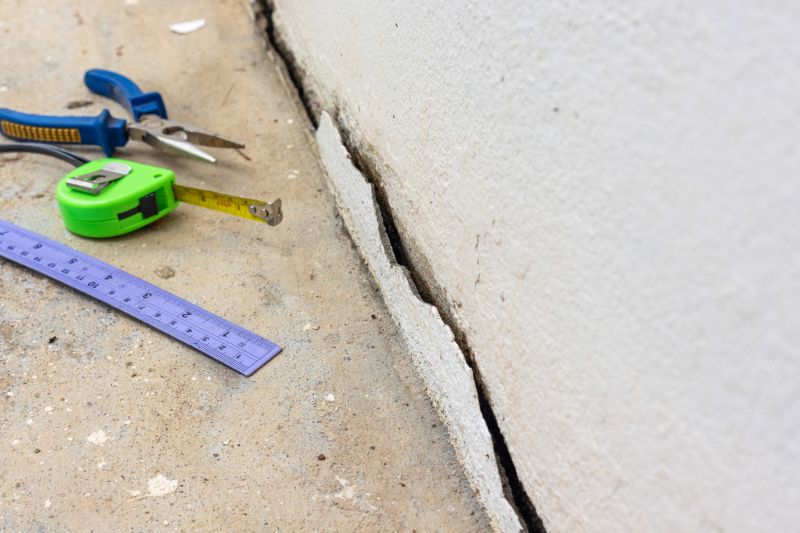
The short, realistic tool list for quality Foundation Repairs.
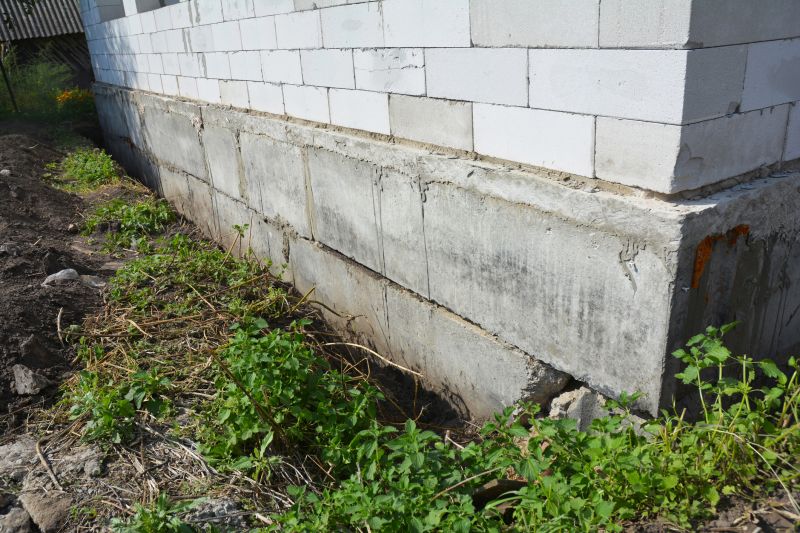
Rough timing from prep to clean-up for Foundation Repairs.

Quick checks and paperwork to keep after Foundation Repairs.
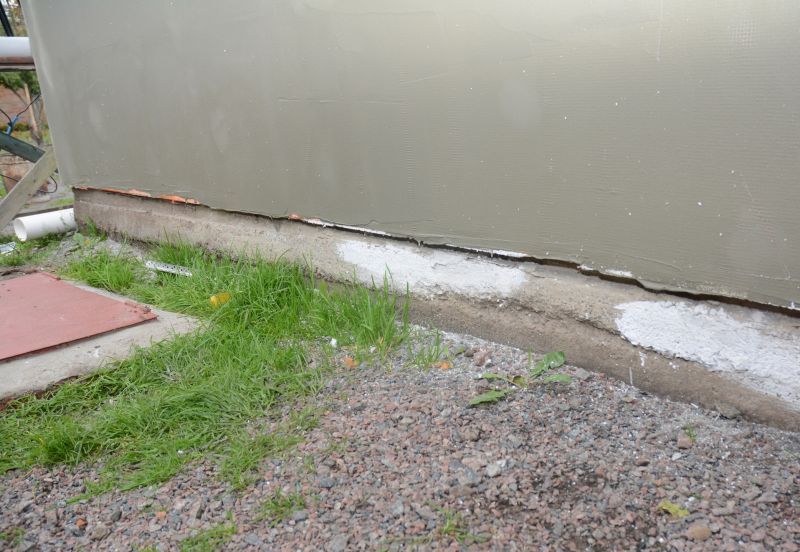
Examples that show the impact a good Foundation Repairs can make.

Ways to make Foundation Repairs work in tight or awkward layouts.
Interested property owners in Perrysburg, OH, are encouraged to contact professionals to evaluate foundation conditions and discuss suitable repair timings. Early planning and intervention can prevent extensive damage and ensure the structural integrity of the building.

